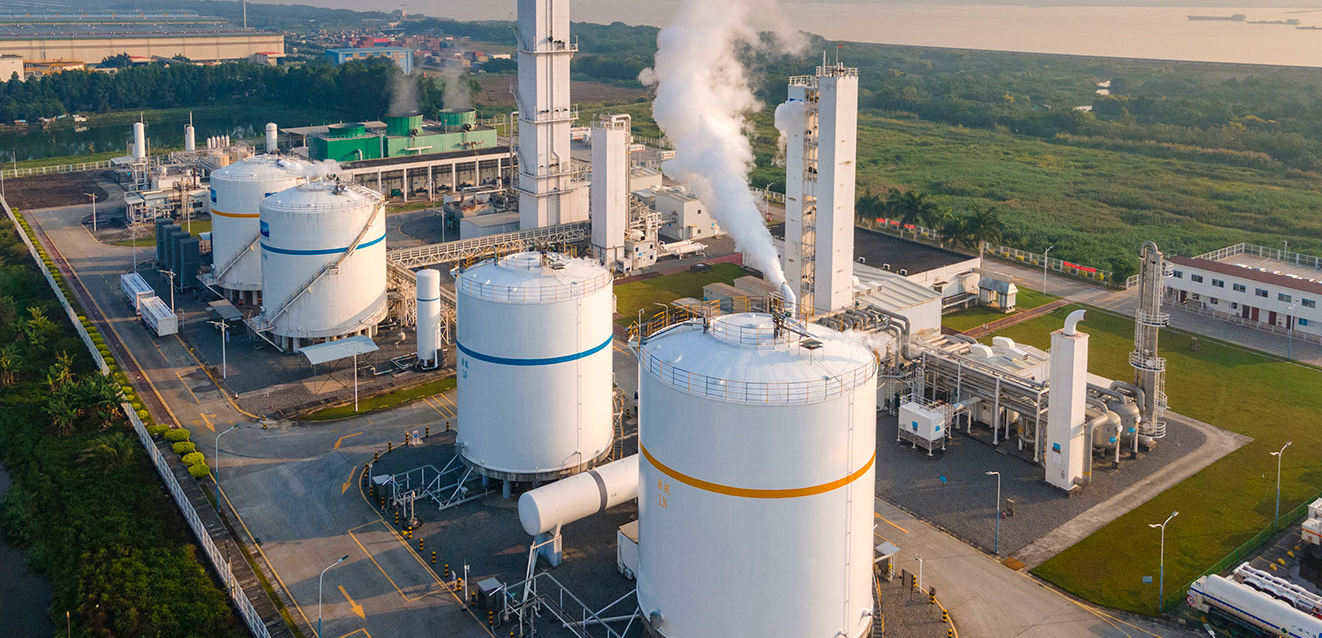In the context of energy conservation and emission reduction, how to efficiently utilize industrial waste heat has become a focus of attention in various industries. The flue gas waste heat recovery system, as an important energy-saving technology, achieves secondary energy utilization by recovering waste heat from flue gas, greatly improving energy utilization efficiency. In recent years, the introduction of heat pump technology has provided new solutions for flue gas waste heat recovery systems, making their advantages in energy conservation and emission reduction more apparent.
In industrial production processes, smoke is one of the main emissions, containing a large amount of waste heat. Traditional flue gas treatment methods often directly discharge it, which not only wastes valuable energy but also causes pollution to the environment. The flue gas waste heat recovery system not only reduces production costs but also reduces greenhouse gas emissions by recovering and reusing these waste heat, which has good economic and environmental benefits.
The flue gas waste heat recovery system extracts the heat from the high-temperature flue gas through a heat exchanger, and then transfers the heat to the process or equipment that needs to be heated through a medium (such as water or air). In this way, not only does it reduce dependence on external energy, but it also improves overall energy utilization efficiency.

The flue gas waste heat recovery system is widely used in high energy consuming industries such as metallurgy, chemical industry, electric power, and building materials. For example, in steel plants, waste heat from flue gas can be used to heat steel billets; In chemical plants, waste heat can be used for steam production; In power plants, the waste heat from flue gas can be used for preheating fuel or boiler feedwater.
Applying heat pump technology to flue gas waste heat recovery systems can significantly improve the overall efficiency of the system, fully utilize low-grade waste heat in flue gas, improve energy utilization efficiency, and reduce energy waste.
The advantages of heat pump technology in empowering flue gas waste heat recovery
Efficient and energy-saving: Heat pump technology can increase the waste heat of low-temperature flue gas to high temperature, achieve heat reuse, and improve the energy efficiency ratio of the system.
Environmental Protection and Low Carbon: By recycling and utilizing waste heat from flue gas, the dependence on fossil fuels is reduced, thereby reducing greenhouse gas emissions such as carbon dioxide, which contributes to environmental protection.
Good economic benefits: Although the initial investment of the heat pump system is relatively high, its operating cost is low, the recovery cycle is short, and it has good economic benefits in the long run.
With the increasingly strict environmental protection policies and the continuous progress of energy-saving technologies, the application prospects of heat pump technology in flue gas waste heat recovery are broad. As an efficient and energy-saving solution, heat pump technology has received strong support from policies. The application of new refrigerants and high-efficiency compressors enables heat pump systems to operate efficiently over a wider temperature range, providing a better solution for flue gas waste heat recovery.
With the continuous progress of technology and the deepening of application, the heat pump flue gas waste heat recovery system will play an important role in more industries and fields. In the future, heat pump technology will play an increasingly important role in opening up a new era of high efficiency and energy conservation, promoting the development of industry towards a more green and low-carbon direction.







Comment